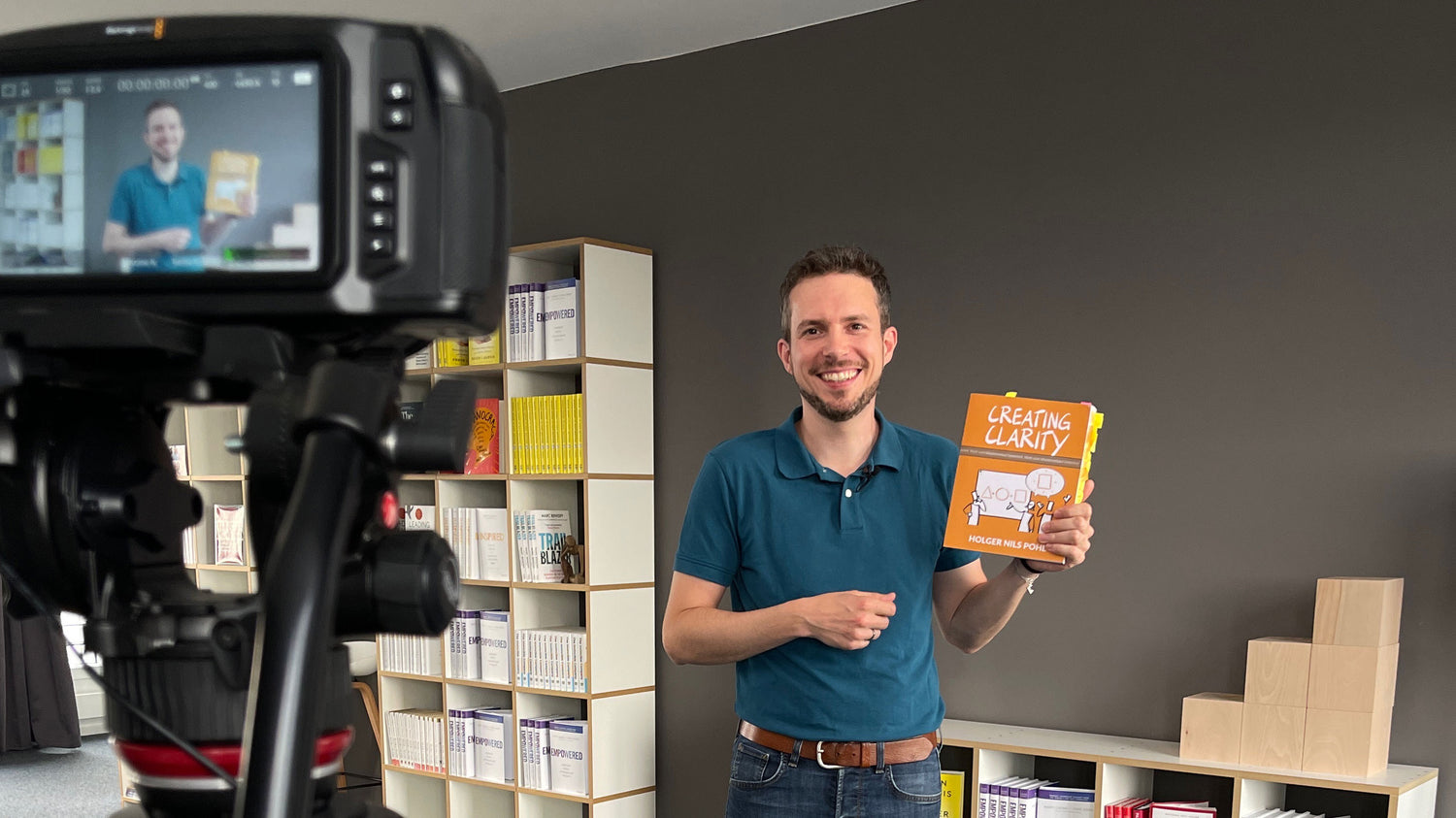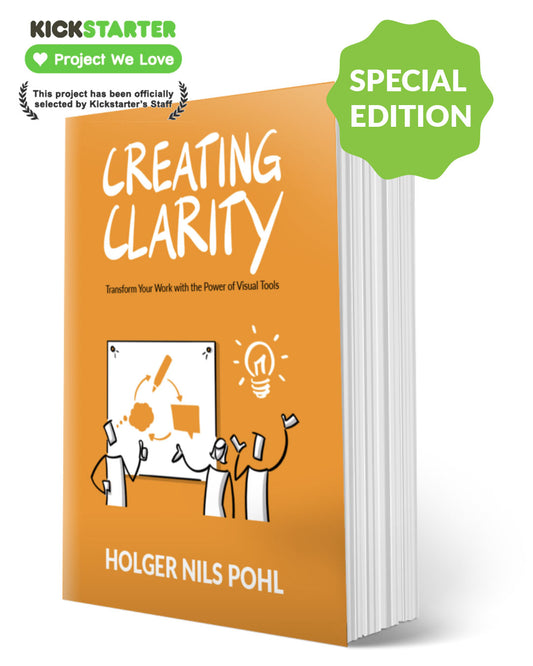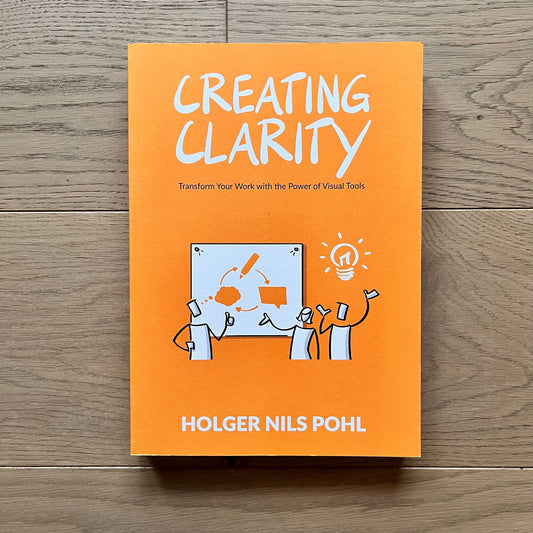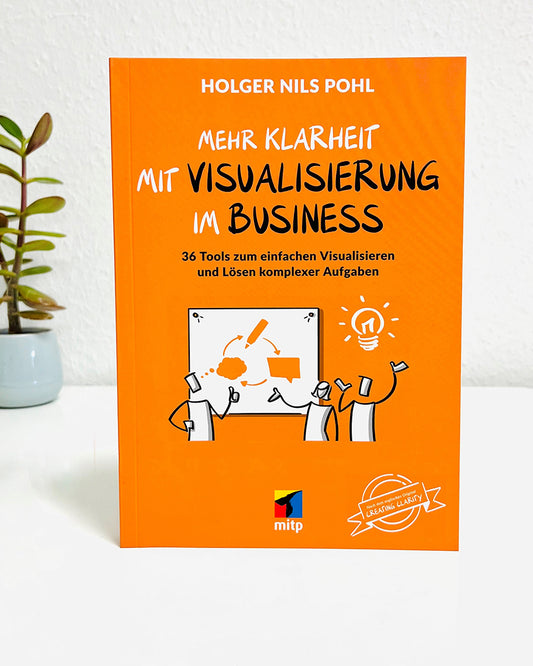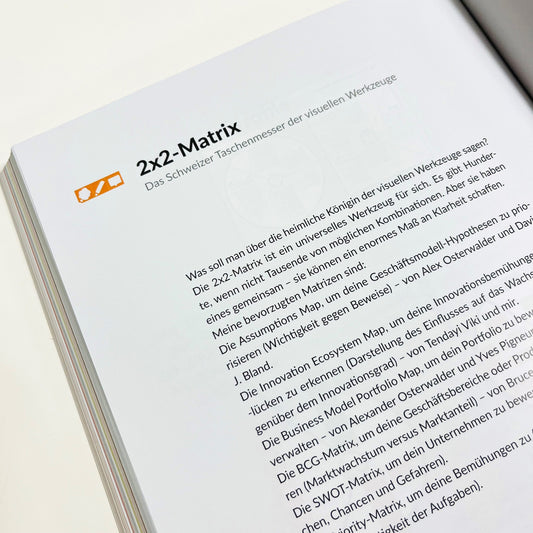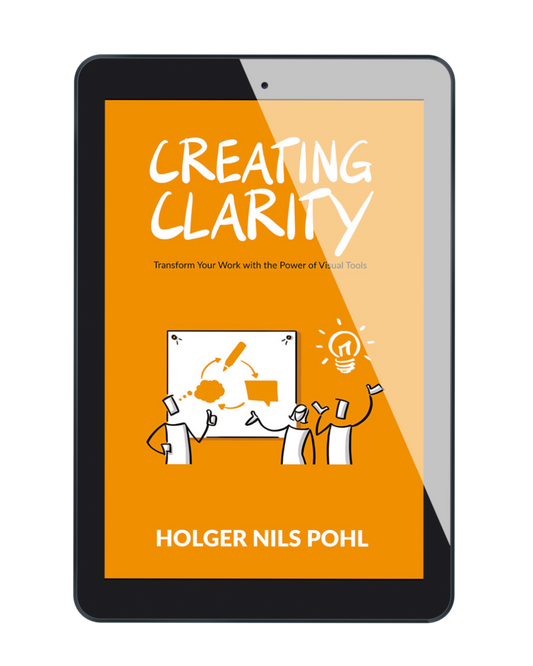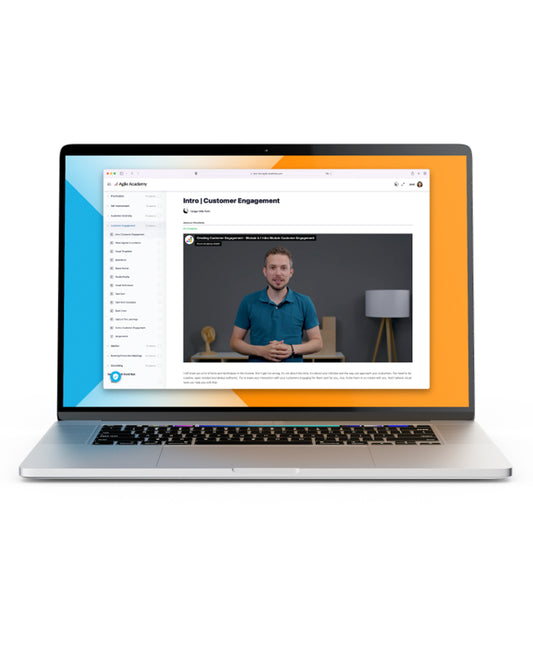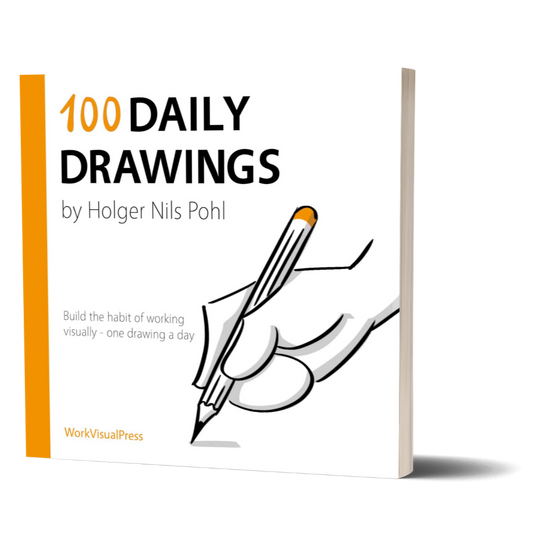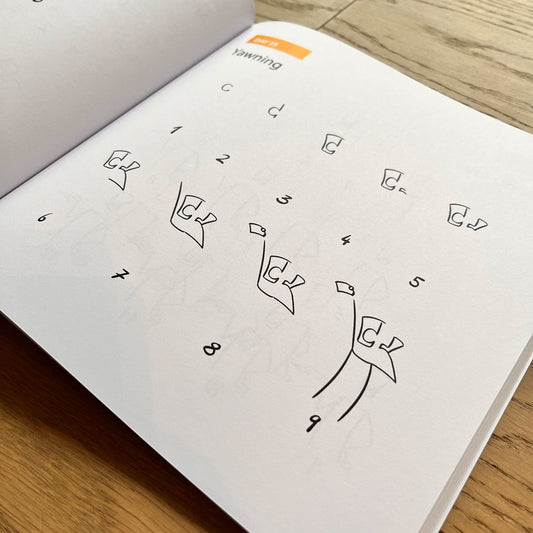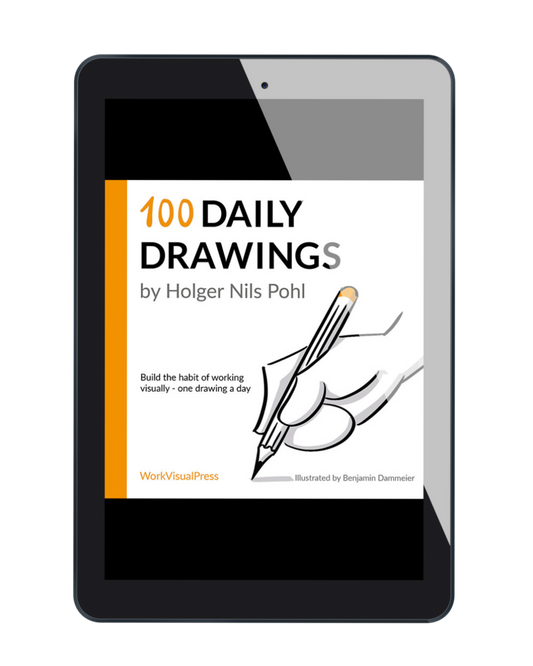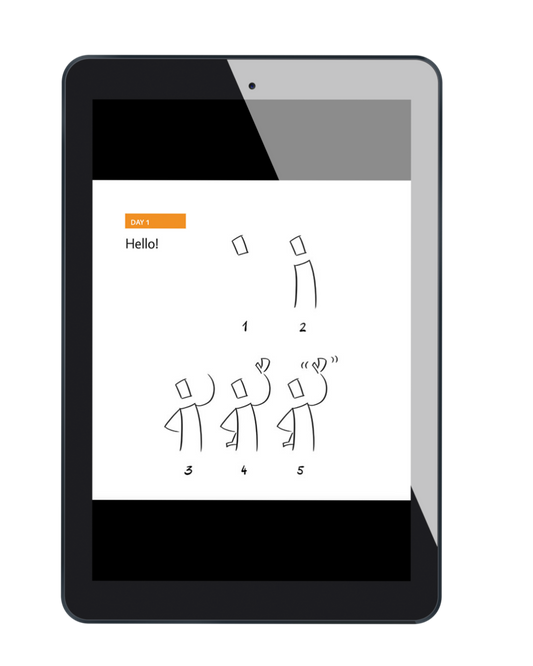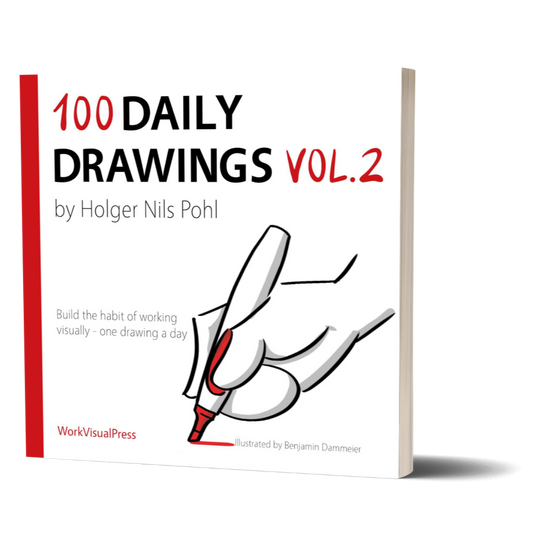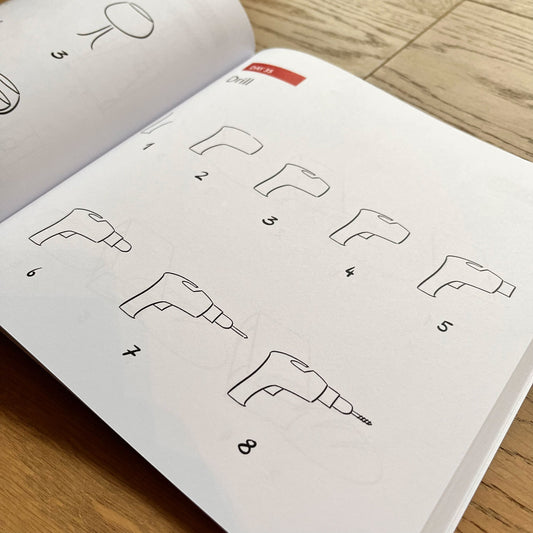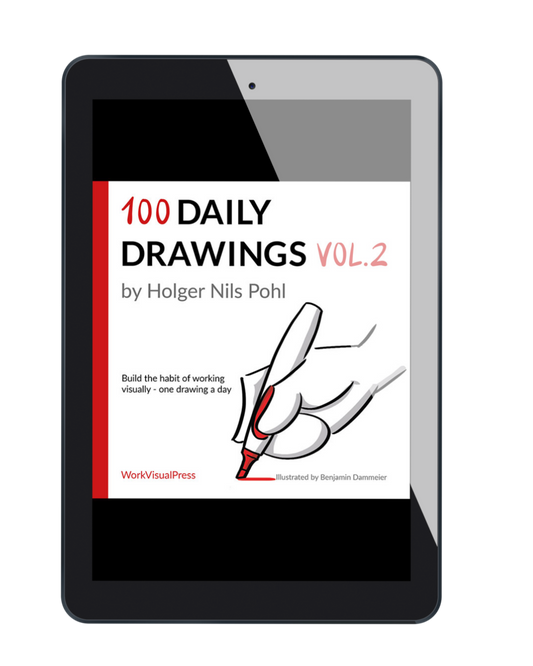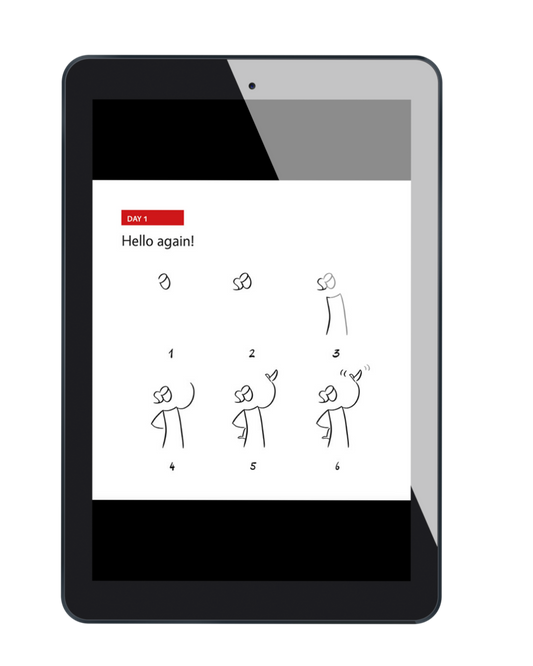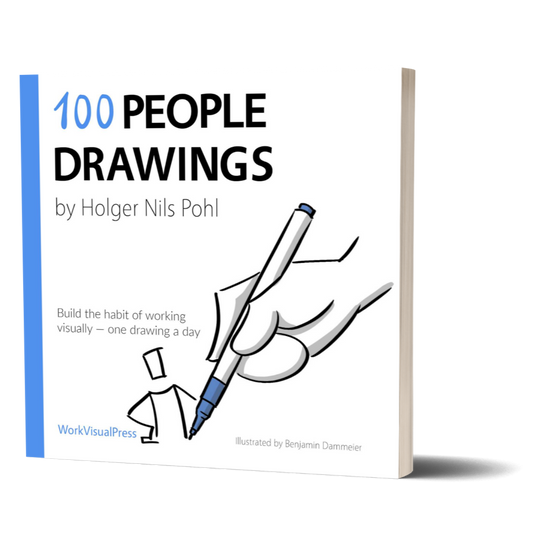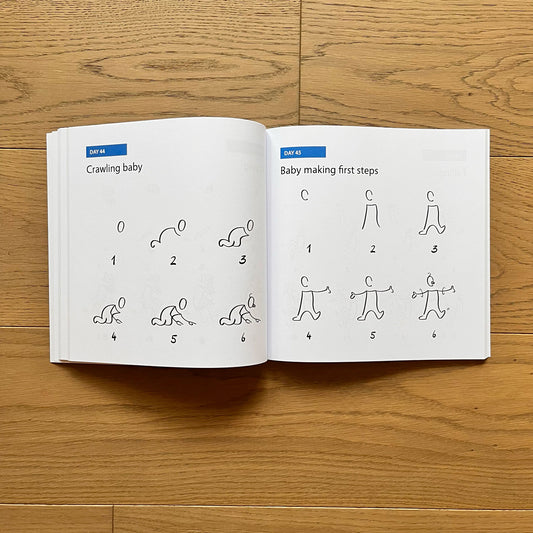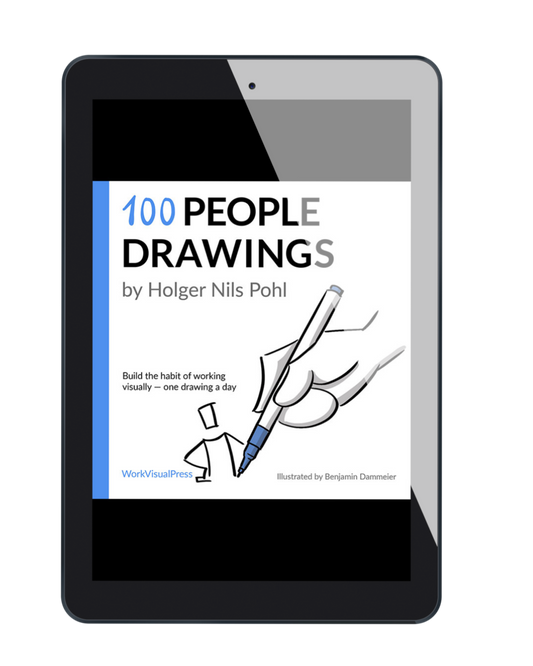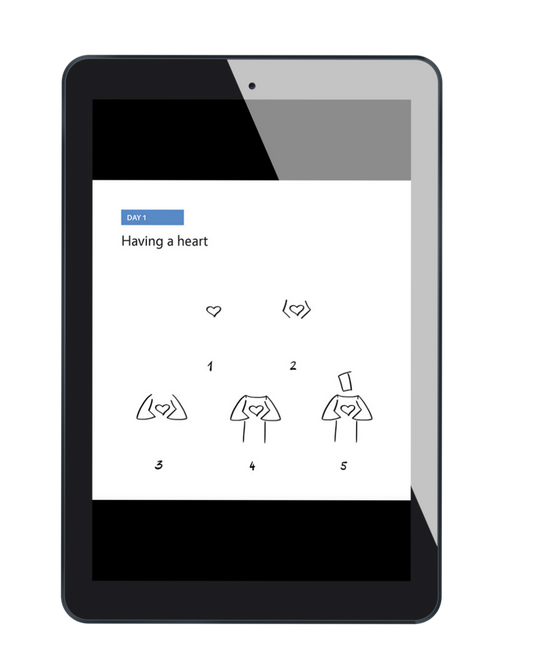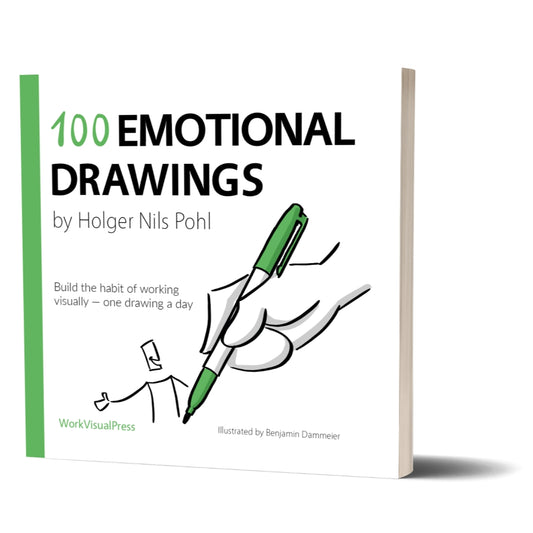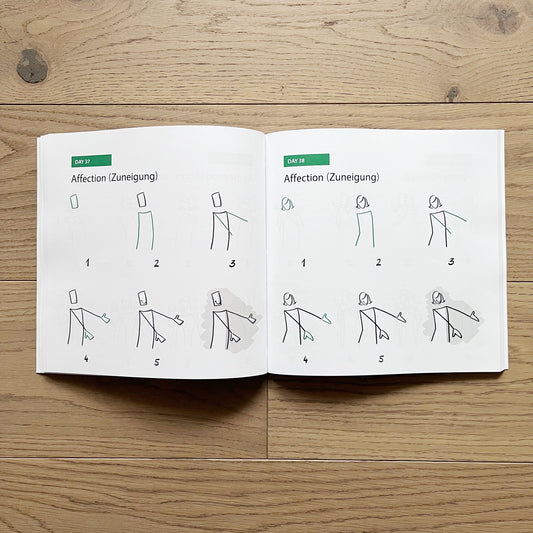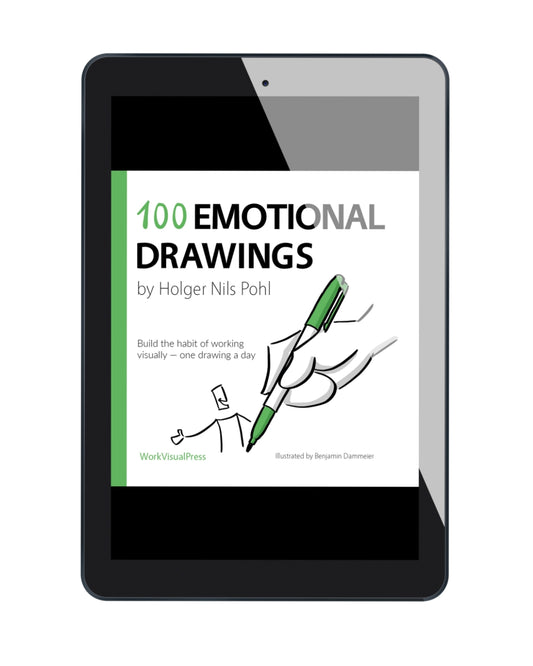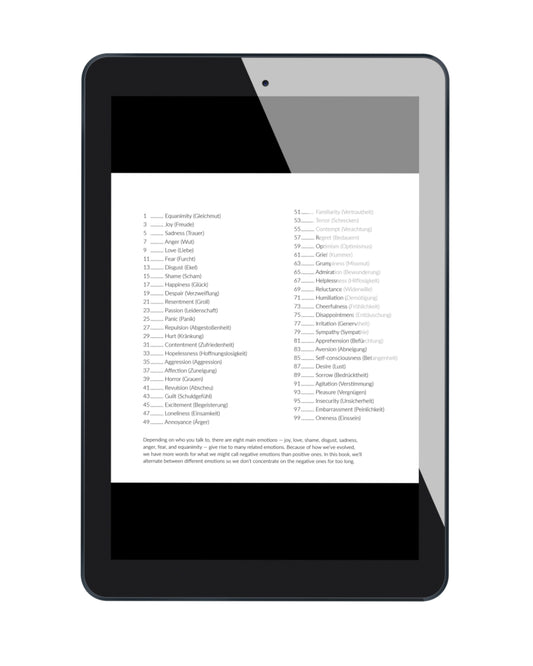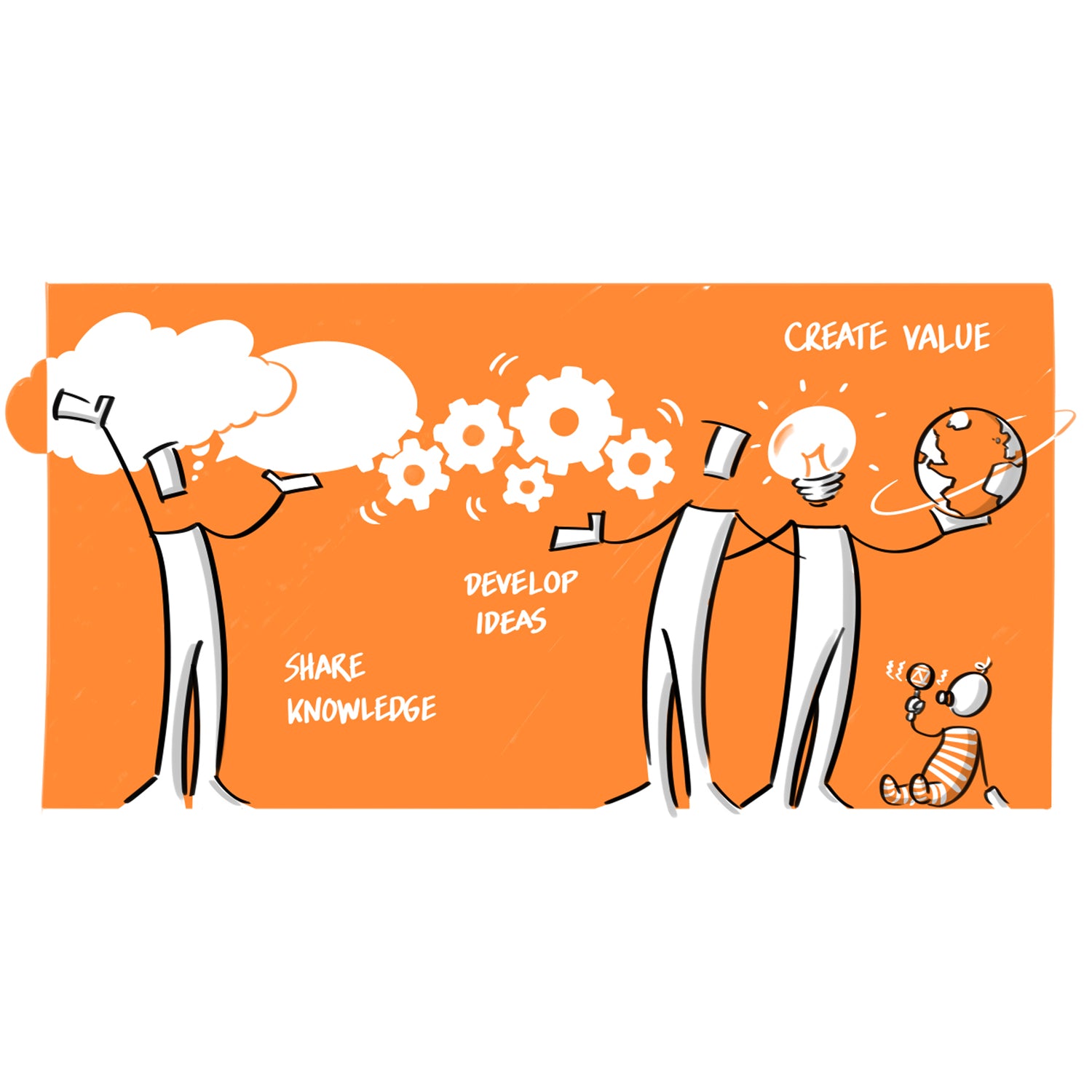
My Mission
I help people – who want to make a difference, who are creative, have good intentions and believe in systems thinking – to create clarity.
I share my knowledge, develop ideas and create value with linchpins, change-makers, and intrapreneurs.
My fictional work sparks inspiration, curiosity, and imagination to create brain space.
Reach out to me to book a keynote, coaching, training or just to say hello. I'd be so happy to hear from you!
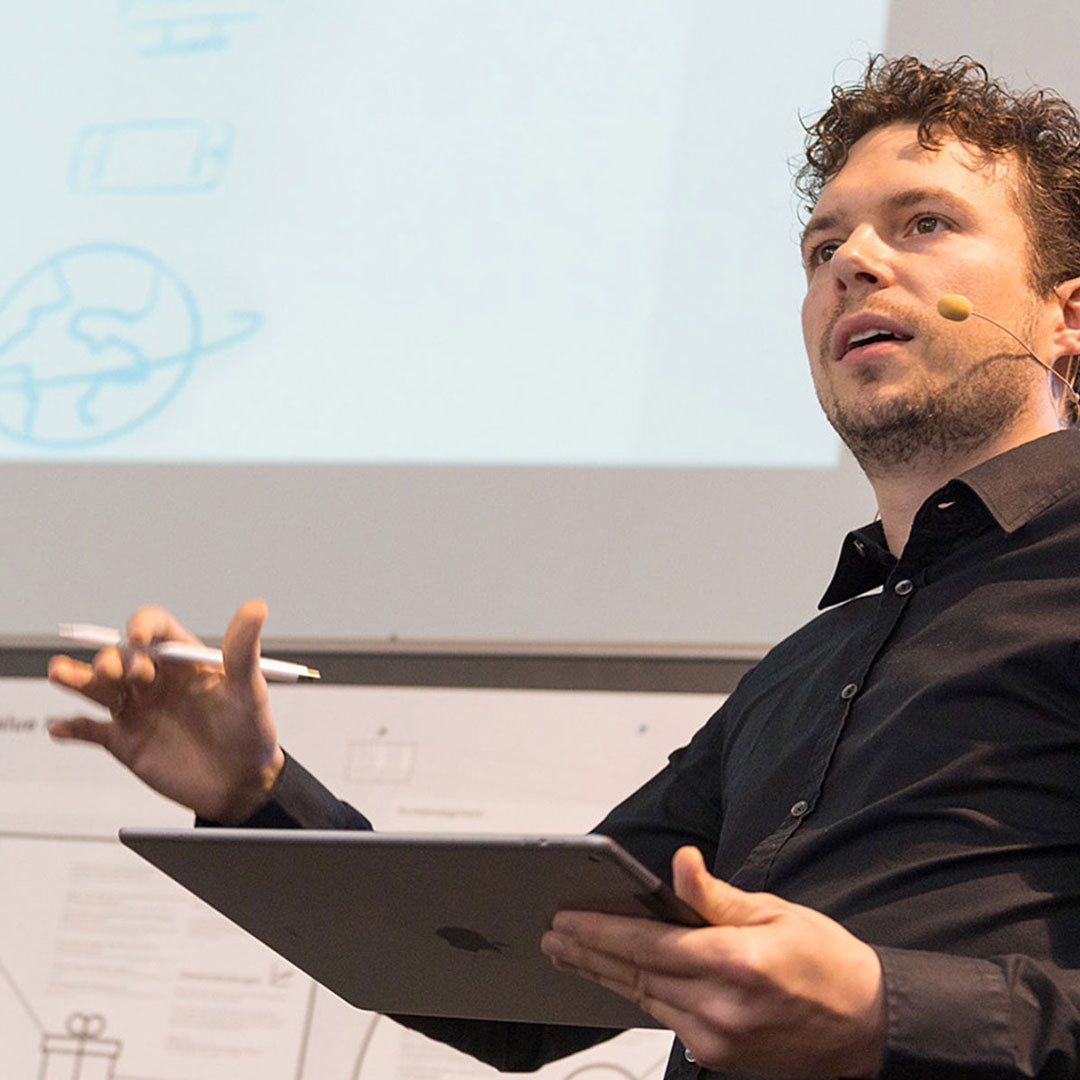
Keynote Speaking
I'm a professional keynote speaker. My topics include Creating Clarity, Visual Thinking, Business Model Innovation, Collaboration, and Creativity.
Participants especially enjoy my engaging way to conduct my speeches with lots of visuals, thought exercises and practical tips.
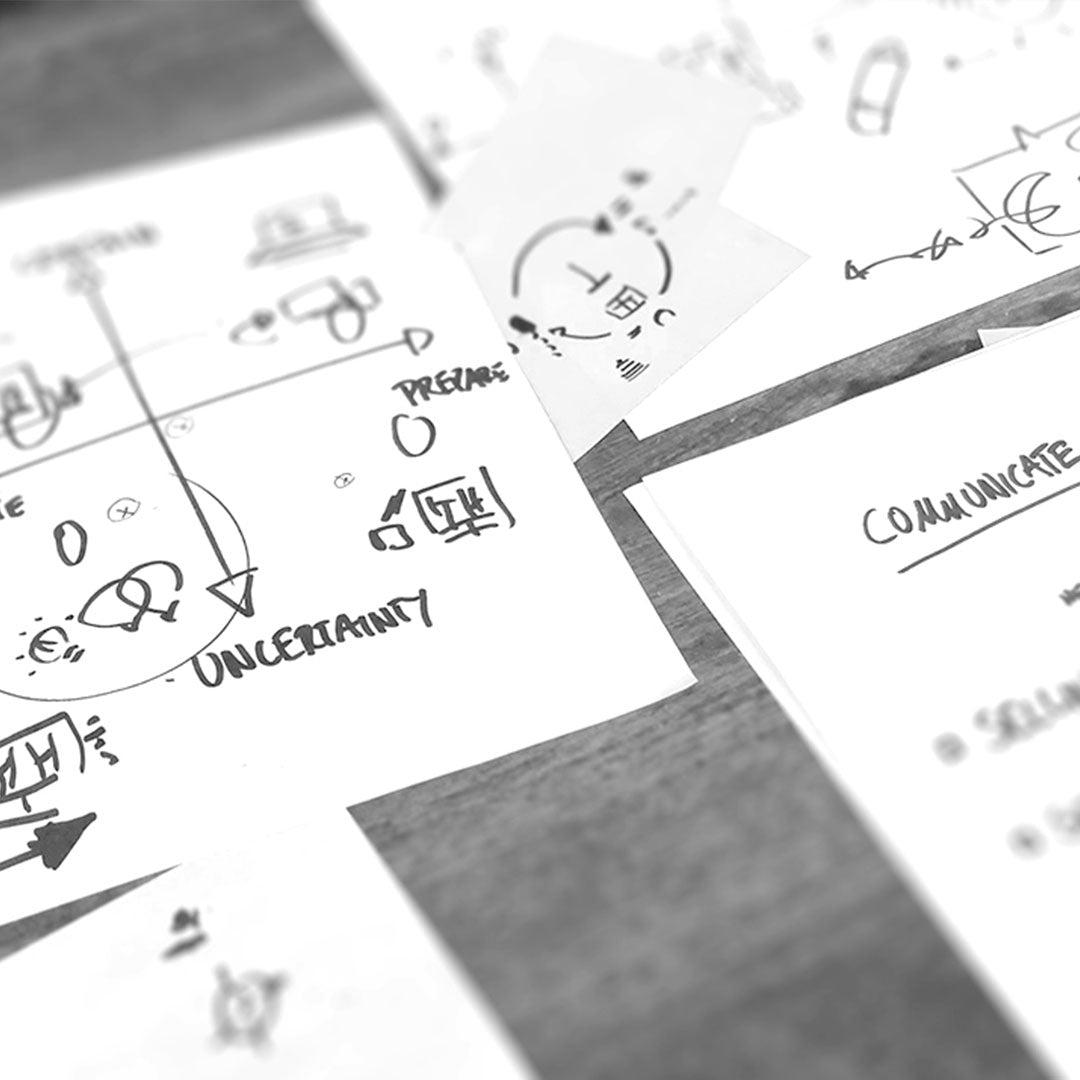
Coaching
As a coach, I'll help you solve your complex challenges as an individual or a whole team.
We'll work through the complexities bit by bit and uncover possible solutions. The use of Visual Tools is essential during this process. They help us see, what we can't think yet.
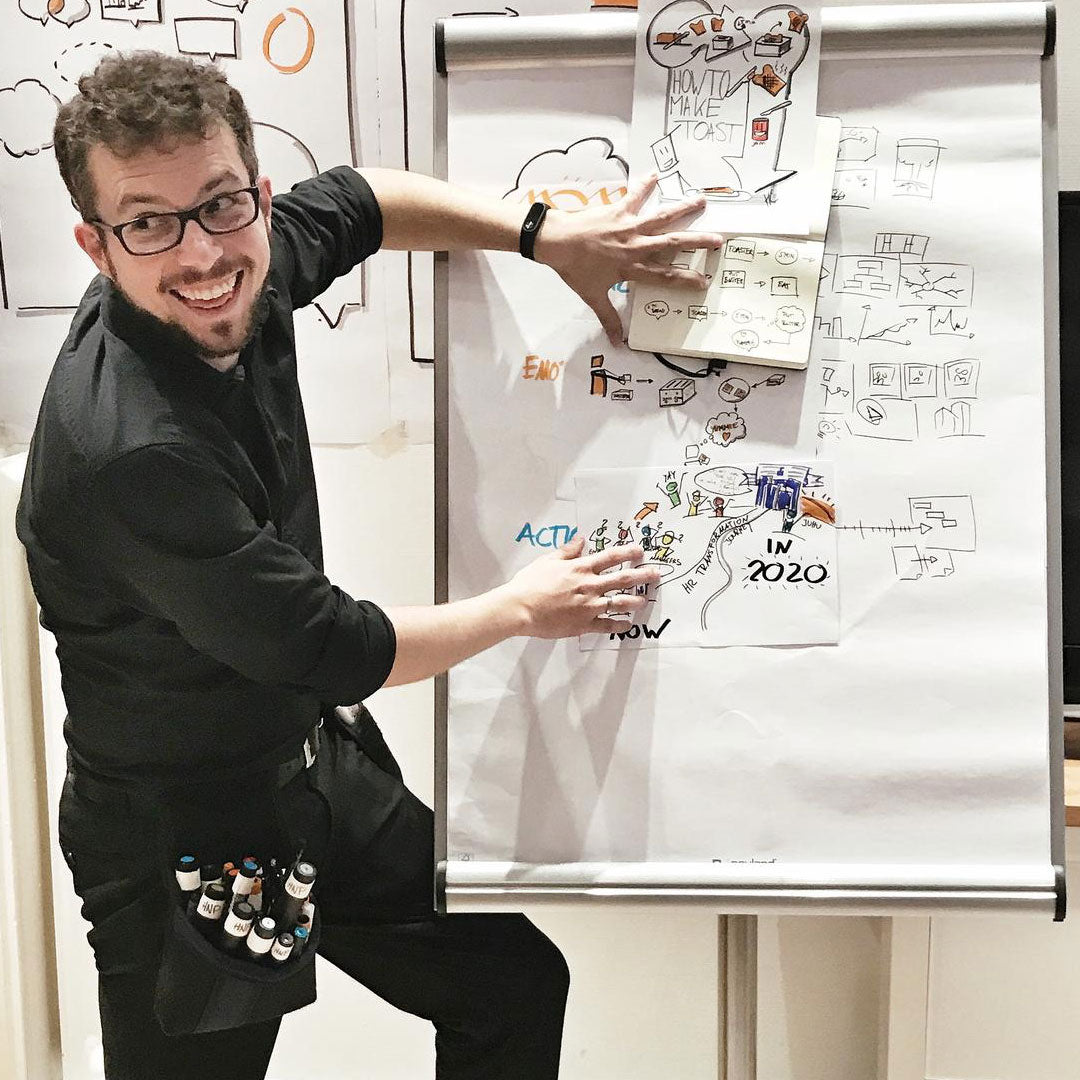
Training
As a trainer, I will help you build the capabilities to conquer complex challenges in your business and private life.
I have trained thousands of people on topics like: Drawing, Visual Thinking, Creating Clarity, Business Model Innovation and Design Thinking.
I do this through custom in person trainings as well as upcoming online courses.
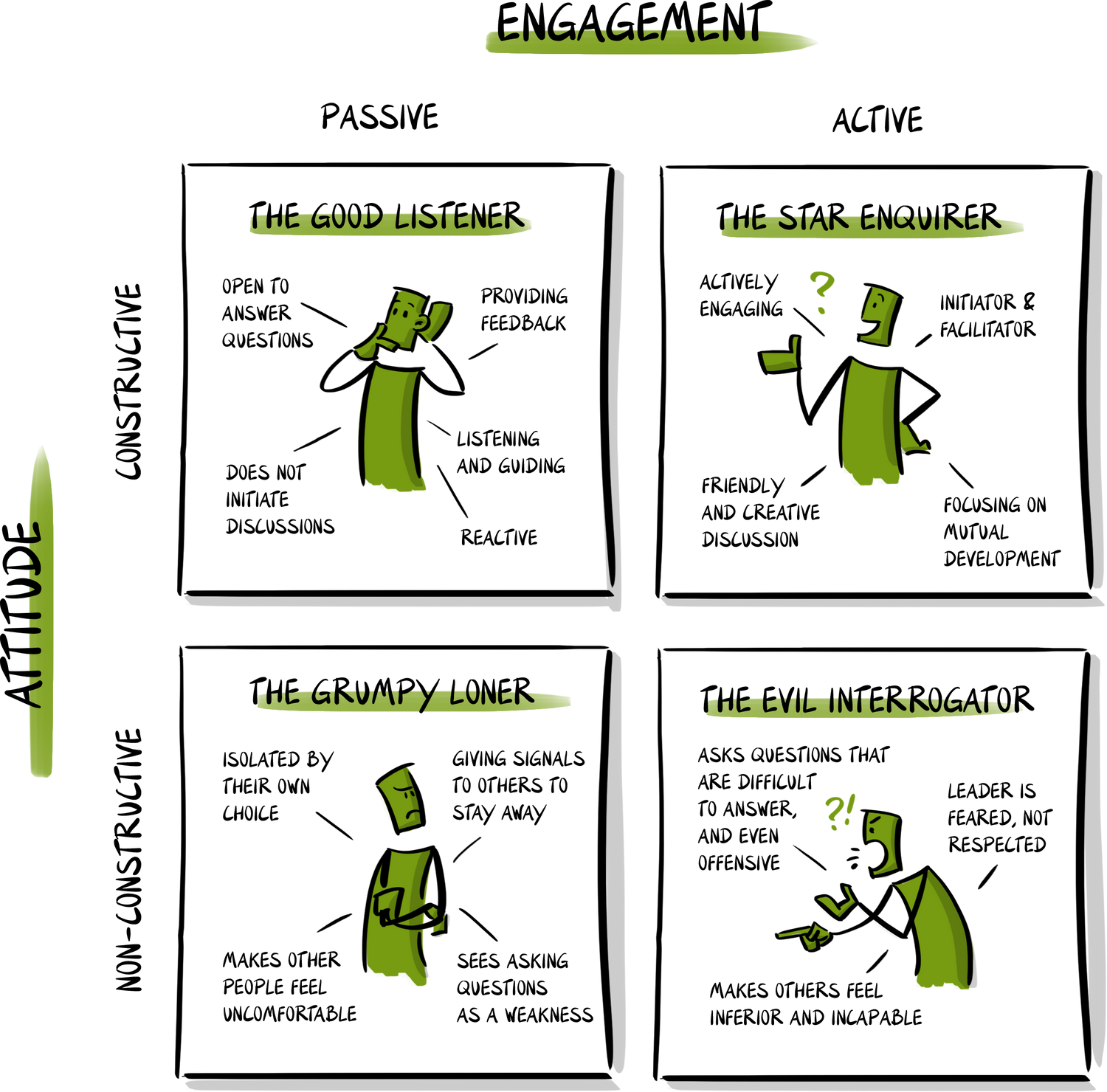
Custom Illustrations
Together with my team member, and best illustrator in the world, Benjamin, we create custom illustrations for you.
We specialized in poster- and slide presentations so you can present your content in a visual way. You'll be amazed how much better poeple will identify with your presentation.
(Illustration made for https://agility3.com)
Check out my books and products also, and thanks for buying direct!
I endeavor to provide you with insights, knowledge, thoughts, and imagination. I can't fit into any one category as a multi-passionate creative. So please see what fits your need here and ignore the rest.
Or perhaps try something new?
You can find all my books also on all common retail platforms. I aim to be as wide as possible with my work!
Featured products
-
Creating Clarity - Signed Special Edition
Regular price €29,99 EURRegular priceUnit price per€34,99 EURSale price €29,99 EURSale -
Mehr Klarheit mit Visualisierung im Business - Signiertes Exemplar
Regular price €34,99 EURRegular priceUnit price per -
Creating Clarity eBook
Regular price €19,99 EURRegular priceUnit price per -
Creating Customer Engagement Online Course
Regular price €499,00 EURRegular priceUnit price per -
100 Daily Drawings Paperback
Regular price €14,99 EURRegular priceUnit price per€0,00 EURSale price €14,99 EUR -
100 Daily Drawings eBook
Regular price €5,99 EURRegular priceUnit price per -
100 Daily Drawings Vol.2 Paperback
Regular price €14,99 EURRegular priceUnit price per€0,00 EURSale price €14,99 EUR -
100 Daily Drawings Vol.2 ebook
Regular price €5,99 EURRegular priceUnit price per -
100 People Drawings Paperback
Regular price €14,99 EURRegular priceUnit price per€0,00 EURSale price €14,99 EUR -
100 People Drawings ebook
Regular price €5,99 EURRegular priceUnit price per -
100 Emotional Drawings Paperback
Regular price €14,99 EURRegular priceUnit price per€0,00 EURSale price €14,99 EUR -
100 Emotional Drawings eBook
Regular price €5,99 EURRegular priceUnit price per
Other books and products on retailers
-
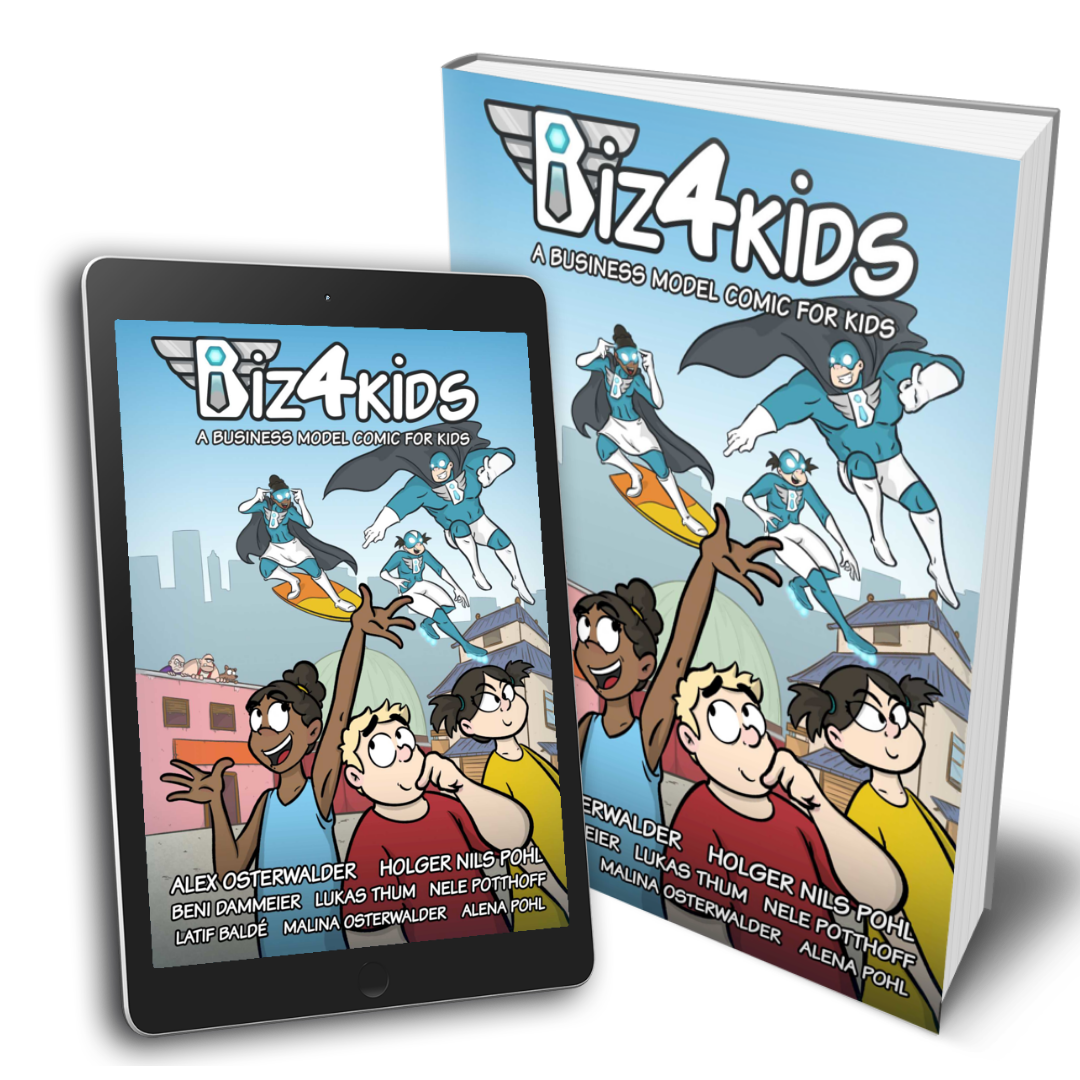
Book: Biz4Kids Comic
Together with Alexander Osterwalder I created Biz4Kids - a funny and exciting story that takes you on a journey with 15-year-old London girl Anna as she travels to Australia and uncovers the fundamentals of business and entrepreneurship. Join Anna as she helps her uncle Jay save his beloved surf shop from a sinister threat, and learn about the world of business along the way. With a dream of running her own social media channel, Anna's adventure is just beginning. Order now and discover the world of business in a fun and exciting way!
Get the book in english or german here in my store -

Book: Pirates in the Navy
Together with Tendayi Viki I created Pirates in the Navy.
Are you an innovator working within a large corporation? Do you want to make a real impact on your company but feel hindered by internal obstacles? Look no further! This guide will teach you how to navigate the challenges of corporate innovation and drive change within your company. Learn from Steve Jobs's and others' lessons, and discover how to become a 'pirate in the navy' - driving innovation within established companies. With step-by-step strategies for achieving continuous innovation, this guide is a must-read for anyone looking to reshape their company and make a real difference.
Get the book on Amazon -
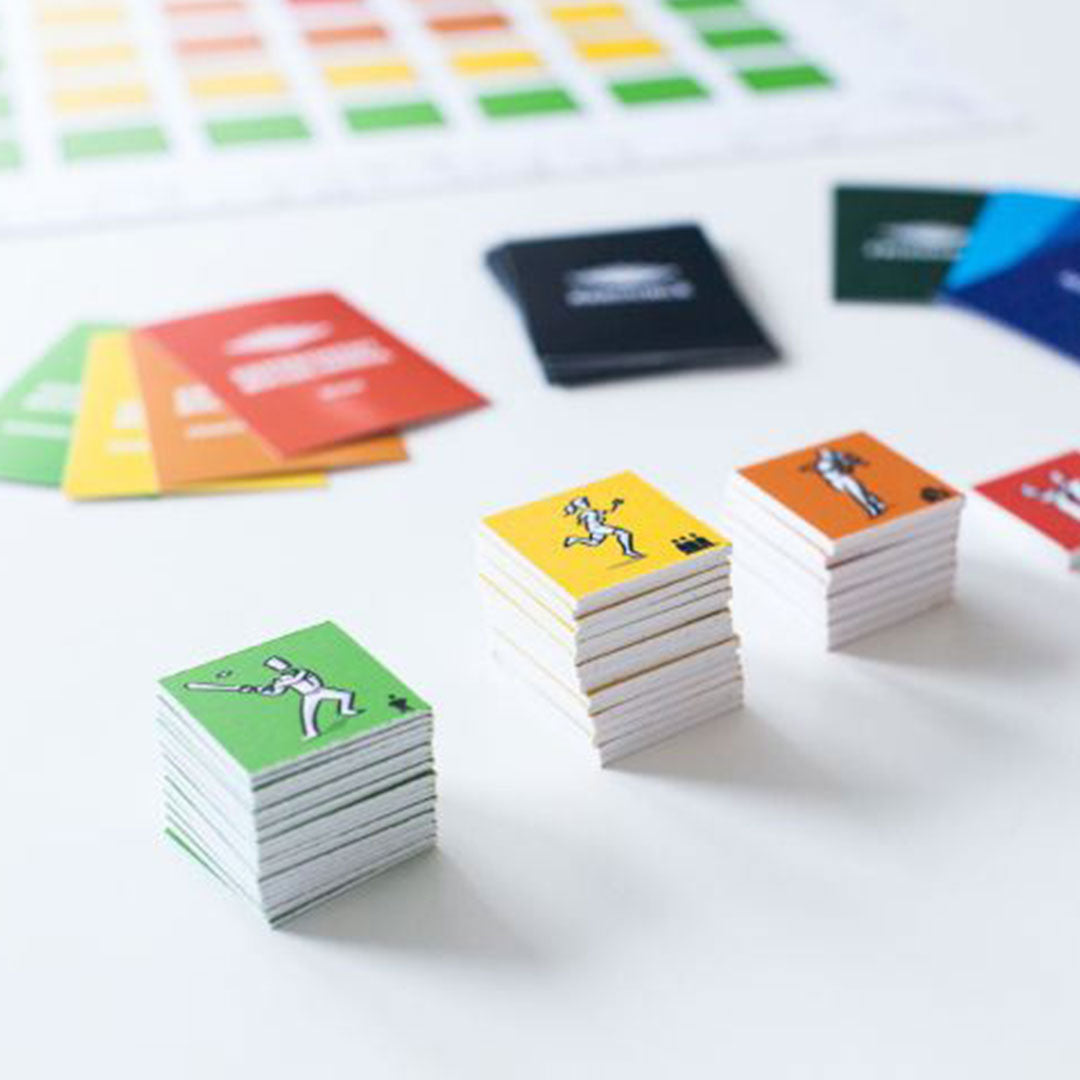
Board Game: Playing Lean
Together with Simen and Bruno I created Playing Lean - the board game that allows you to learn the hard lessons of innovation and Lean Startup without risking your real-life savings or workplace. With Playing Lean 2, you'll have access to a "flight simulator" for learning these concepts. Partnering with Alexander Osterwalder, inventor of the Business Model Canvas, Playing Lean 2 offers an updated scenario for the Hospitality Industry and additional scenarios for Ride Sharing and Social Media, all while teaching you lessons on Lean Startup and the Value Proposition Canvas. Perfect for teaching clients and students, and adding replayability to your game.
Buy the game here in my store.
Find out more on playinglean.com

